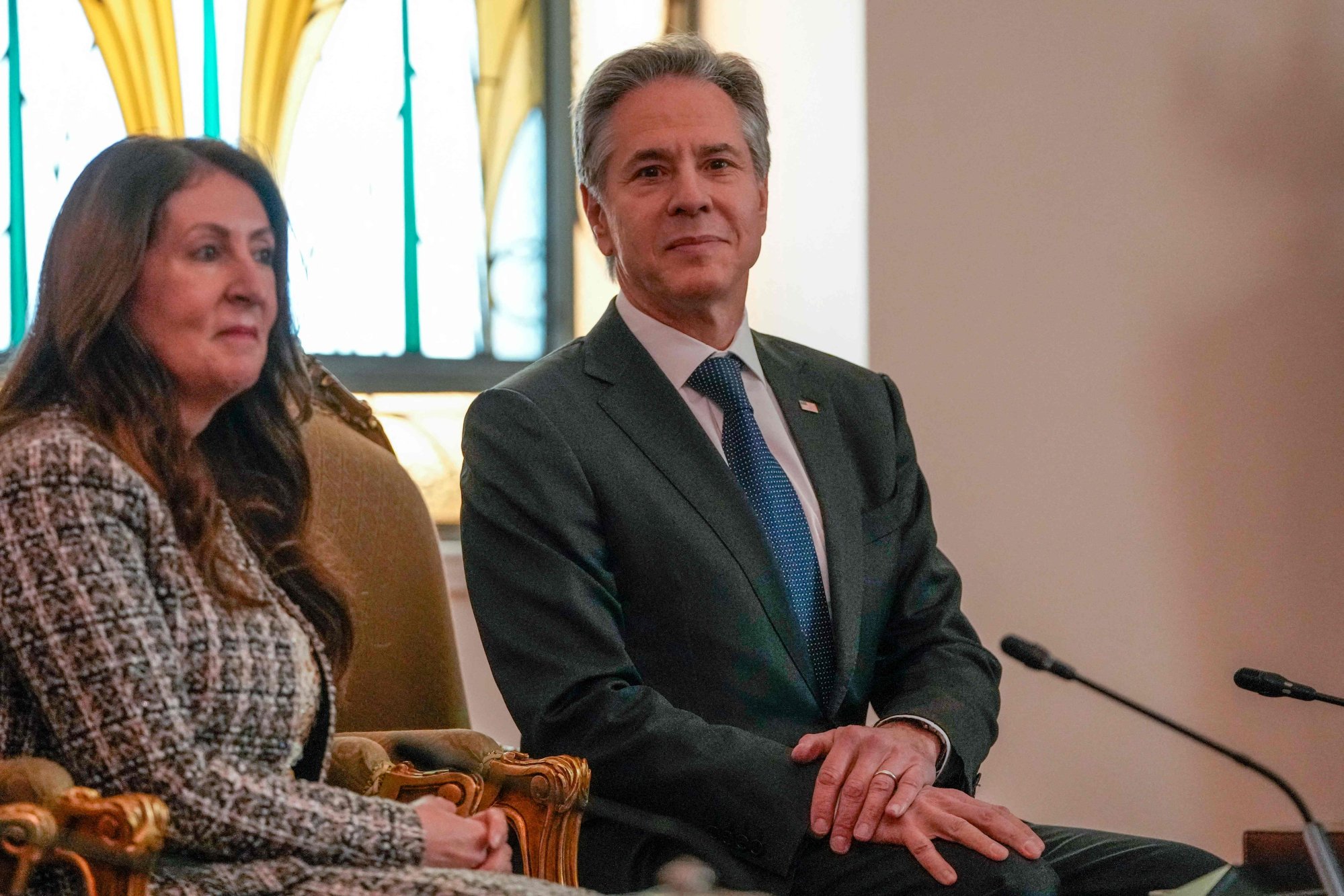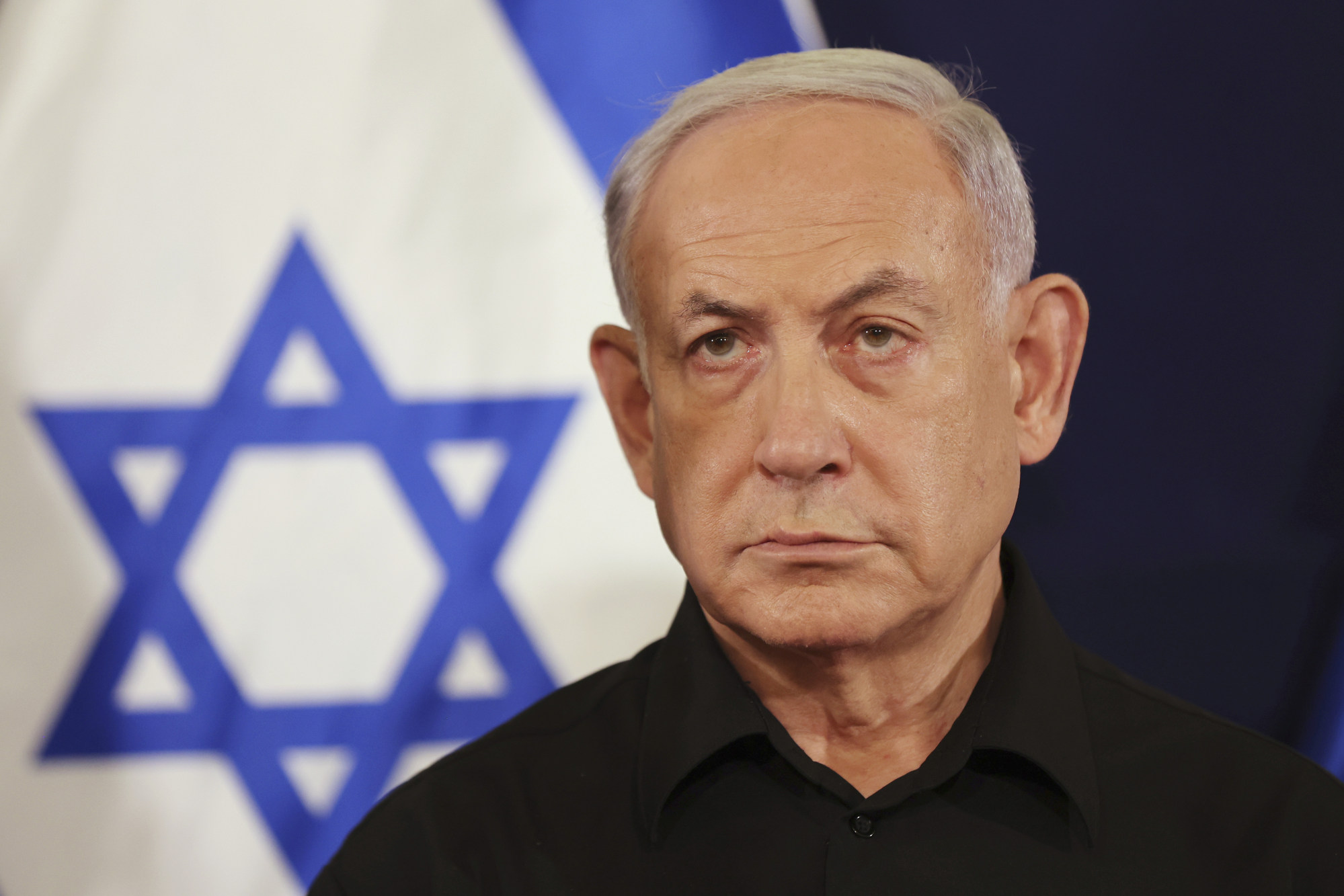According to a draft document seen by Reuters, the Hamas counterproposal envisages three phases of a truce, lasting 45 days each. Militants would exchange remaining Israeli hostages they captured on October 7 for Palestinian prisoners. The reconstruction of Gaza would begin, Israeli forces would withdraw completely, and bodies and remains would be exchanged.

US Secretary of State Antony Blinken arrived overnight in Israel after meeting the leaders of mediators Qatar and Egypt in an attempt to reach an extended truce.
A source close to the negotiations said the Hamas counterproposal did not require a guarantee of a permanent ceasefire at the outset, but that an end to the war would have to be agreed during the truce before the final hostages were freed.
According to the document, during the first 45-day phase, all Israeli women hostages, males under 19 and the elderly and sick would be released, in exchange for the release of Palestinian women and children from Israeli jails. Israel would also withdraw its troops from populated areas during the first phase.
Malaysian boycotters hail win as FamilyMart says it does ‘not deal with Israel’
Malaysian boycotters hail win as FamilyMart says it does ‘not deal with Israel’
Implementation of the second phase would not begin until the sides conclude “indirect talks over the requirements needed to end the mutual military operations and return to complete calm”.
The second phase would include the release of remaining male hostages and “the withdrawal of Israeli forces outside the borders of all areas of the Gaza Strip”.
Bodies and remains would be exchanged during the third phase. The truce would also increase the flow of food and other aid to Gaza’s desperate civilians, who are facing hunger and dire shortages of basic supplies.
‘This has become our life’: Gazans shelter from Israeli attacks in cemetery
‘This has become our life’: Gazans shelter from Israeli attacks in cemetery
“People are optimistic, at the same time they pray that this hope turns into a real agreement that will end the war,” said Yamen Hamad, a father of four, living in a UN school in Deir Al-Balah in the central Gaza Strip.
“People are awaiting news of a ceasefire, they are a bit hopeful despite the continued bombardment,” he told Reuters via a messaging app.
Israel began its military offensive in Gaza after militants from Hamas-ruled Gaza killed 1,200 people and took 253 hostages in southern Israel on October 7. Gaza’s Health Ministry says more than 27,500 Palestinians have been confirmed killed in Israel’s military campaign, with thousands more feared buried under rubble. So far, the only truce lasted just a week at the end of November.
Blinken meets Netanyahu
US Secretary of State Antony Blinken met Israeli Prime Minister Benjamin Netanyahu in Jerusalem on Wednesday to push for a ceasefire as the Gaza war enters its fifth month.
“There’s still a lot of work to be done,” Blinken said in Doha late on Tuesday, after earlier stops in Saudi Arabia and Egypt on his fifth Middle East crisis tour since the October 7 attack sparked the war.
“But we continue to believe that an agreement is possible and indeed essential, and we will continue to work relentlessly to achieve it,” the US top diplomat told reporters.
For now, the war raged on unabated in Hamas-ruled Gaza, where the health ministry said at least 100 people were killed overnight, and AFP journalists reported more heavy bombing of southern cities.
Israel’s Netanyahu rules out freeing ‘thousands of terrorists’ in a Gaza truce
Israel’s Netanyahu rules out freeing ‘thousands of terrorists’ in a Gaza truce
Israeli forces, in their campaign to destroy Hamas, have pushed steadily south, with the heaviest combat raging in the city of Khan Yunis in recent weeks.
Fear has grown among the more than one million Palestinians now crowded into Gaza’s far south, around the city of Rafah on the Egyptian border, as the battlefront has crept ever closer.
“I am terrified that Israel will begin a ground operation in Rafah,” said Dana Ahmed, 40, who was displaced from Gaza City with her three children and now lives in a tent in Rafah.
She said she spent a sleepless night as Israeli fighter jets roared through the sky and explosions shook the ground.
“I cannot imagine what will happen to us,” she said. “Where will we go now? The situation is catastrophic. I feel like I am living a horror movie.”
Israeli Defence Minister Yoav Gallant warned earlier this week that the army “will reach places where we have not yet fought … right up to the last Hamas bastion, which is Rafah”.

The campaign has devastated swathes of Gaza and displaced most of its 2.4 million people, who have also endured dire shortages of food, water, fuel and medicine.
The humanitarian situation in long-blockaded Gaza has become “beyond catastrophic,” the International Federation of Red Cross and Red Crescent Societies said on Tuesday.
Netanyahu has rejected a Palestinian state, which Saudi Arabia, the biggest prize in Israel’s quest for acceptance from Middle East neighbours, says is a requirement of any deal to normalise relations with Israel.
Netanyahu stressed that Israel’s overall war aim remained unchanged: “We are on the way to the total victory and we will not stop.”
Amid the Gaza war, Iran-backed groups in Lebanon, Iraq, Syria and Yemen have launched attacks in support of Hamas, and Israel, the United States and its allies have launched strikes on them.
US vows Middle East strikes while trying to avert wider war
US vows Middle East strikes while trying to avert wider war
Yemen’s Houthi rebels have for weeks targeted what they say are Israel-linked ships in the Red Sea and Gulf of Aden, disrupting global trade and prompting reprisals by US and British forces.
Last week, the United States also carried out strikes on Iran-backed groups in Syria and Iraq, killing dozens in retaliation for an attack that killed three US troops in Jordan.
Israel has also traded deadly cross-border fire with Lebanon’s Hezbollah movement, and has repeatedly bombed Iran-linked targets in Syria.
Israeli strikes on the Syrian city of Homs on Wednesday killed 10 people, including at least six civilians, according to the Britain-based war monitoring group, the Syrian Observatory for Human Rights.

